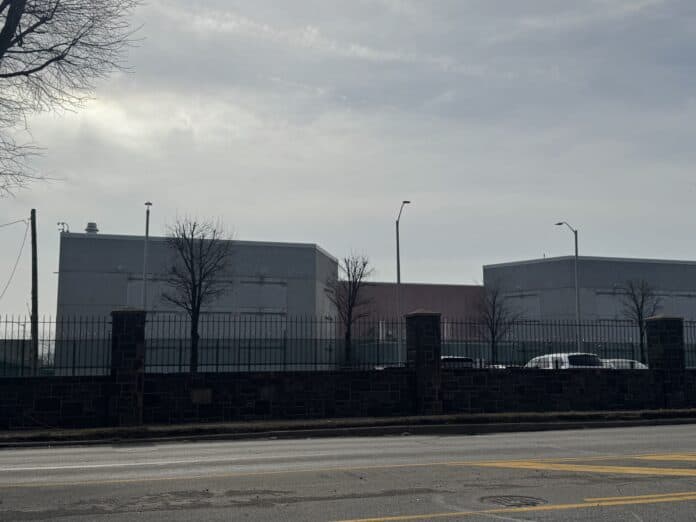March 10 – The Public Safety and Legislative Oversight held a joint committee hearing to discuss the prison system in Philadelphia and the faults surrounding its operations. The Committee examined resolution 240718 regarding the actions necessary to drastically decrease the prison population in Philadelphia. The resolution also hopes to close the “oldest and most inhumane prison facility and detention center,” The Creek.
The Chair of the Public Safety Committee, Councilman Curtis Jones, Jr of the fourth district, began the hearing by summarizing the issue at hand and emphasizing the importance of making changes to the prison system and “reduce population when appropriate, always improving conditions of those human beings in our custody.” Councilman Jones, Jr. gave the floor to Councilman O’Rourke, who gave a detailed rundown of the history and current state of the prison system.
O’Rourke mentioned the 2002 class-action lawsuit “Remick v. Philadelphia” concerning the constitutional treatment of people in Philadelphia prisons and the unacceptable conditions in which they reside. Philadelphia was found in contempt, not meeting the requirements of the lawsuit’s ruling. In March of 2024, the city of Philadelphia complied with only 30 percent of the necessary provisions included in the agreement. This statistic remained unchanged through October of the same year. The improvements needed include time out of inmates’ cells, access to basic behavioral and health care in a timely manner, and access to the law library, among others. O’Rourke emphasized how the city failed to adhere to these requirements and failed its committed workforce, only prolonging the neglect that is overwhelmingly evident in the prison system.
Councilman O’Rourke declared the city must take ownership of these shortcomings and strive to improve.
While it was mentioned that the MacArthur Challenge was a success, decreasing the prison population by 34 percent, there is still a long way to go. The ratio between staff and incarcerated persons is wildly unequal. It is common for people to reenter the prison system after their first offense, highly due to the lack of resources available. Many people only go in for a short period of time-often just a few days- and “Too many return home with more fear, more trauma, and more shame,” exasperating the already present issue at hand.
The demographic of people getting locked up is also disproportionate, as “those with the least getting locked up the most.” While it is not as common, many community members will enter back into their neighborhoods with a drive to improve and demand to better their corners by better and more affordable housing, healthcare for families, and better jobs, as was stated by the Councilman.
It was severely stressed that families and whole communities have been “shaped and scarred by the cycle of incarceration. Whole neighborhoods are forever changed,” and that directly correlates to very high violence and crime rates.
Change must occur beyond just the prison system. City Hall must take a stand, and communities must be involved in the improvement of this broken system. As O’Rourke shared, confinement is anything but rehabilitation.






